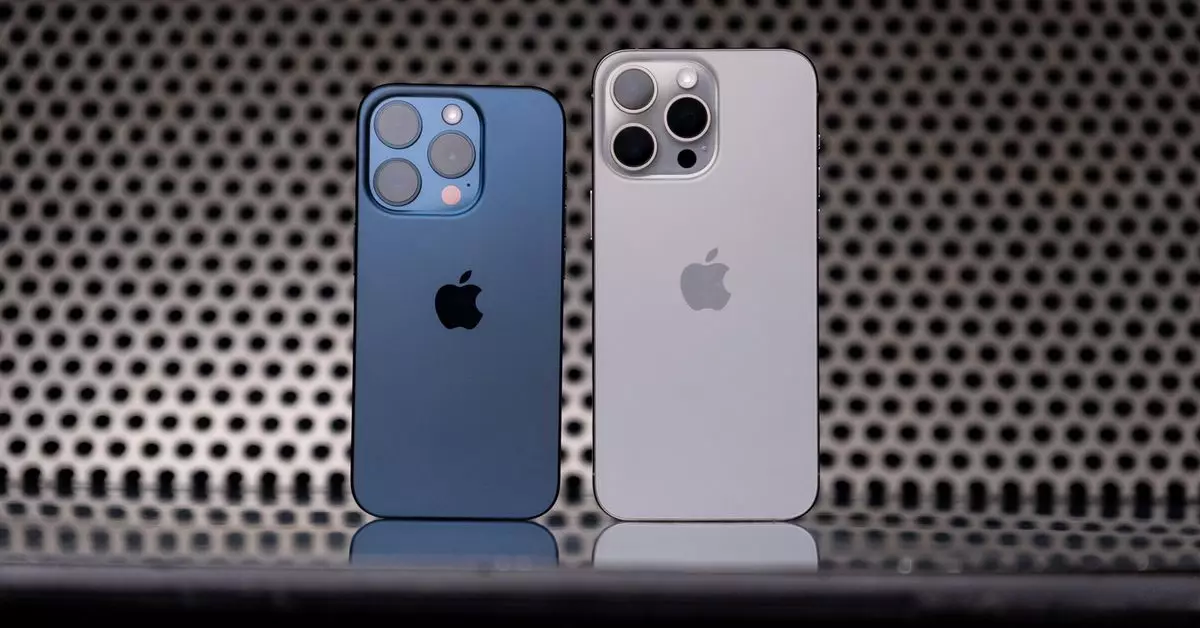Apple, a tech giant known for its innovative products, is reportedly in talks with Google to incorporate its Gemini generative AI technology into the iPhone. This move comes as part of Apple’s plan to enhance its artificial intelligence features, a field in which CEO Tim Cook has emphasized the company is investing significantly.
CEO Tim Cook has acknowledged that Apple is dedicating a considerable amount of time and effort to develop AI features that are expected to be rolled out to customers later this year. This signals Apple’s commitment to staying competitive in the rapidly evolving tech landscape where AI plays a crucial role.
If the negotiations with Google are successful, Apple users could benefit from a combination of first-party AI models developed by Apple and third-party AI models provided by Google. This collaboration could pave the way for on-device generative AI features with the upcoming iOS 18 release, while cloud-based AI capabilities like text- and image-generation could be facilitated through partnerships with Google.
While a partnership with Google could expand the reach of AI tools to the vast user base of Apple devices, it also raises questions about Apple’s own AI capabilities. Reports suggest that Apple’s in-house AI technology, including the chatbot Apple GPT and the language model Ajax, may not be as advanced as those of its competitors.
Apple’s existing deal with Google to make Google Search the default on its devices has come under regulatory scrutiny, with concerns about anticompetitive practices. The potential integration of Google’s AI technology into Apple devices could further intensify these concerns and lead to increased regulatory scrutiny.
The collaboration between Apple and Google for AI technology has the potential to enhance the user experience on Apple devices. However, it also highlights the challenges faced by Apple in developing advanced AI capabilities internally. As the tech industry continues to evolve, partnerships and collaborations like this one will play a crucial role in driving innovation and competitiveness.


Leave a Reply